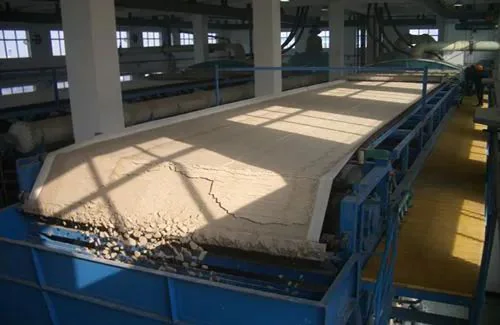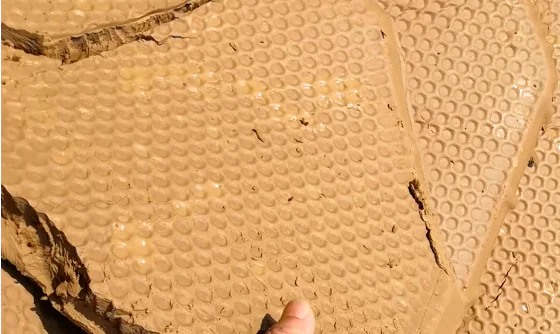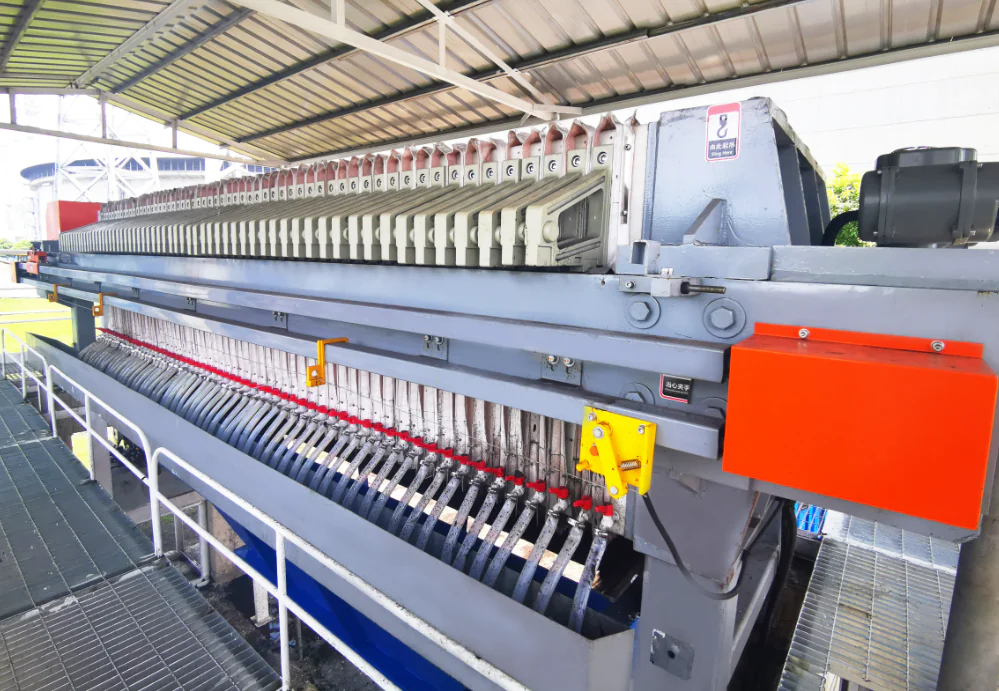Sludge dewatering is key in wastewater treatment. If sludge is hard to filter and too wet, it increases cost and slows down treatment. With the right flocculant and method, sludge becomes easier to handle. In this article, we share simple tips to improve sludge dewatering performance.
Why Is Sludge Hard to Dewater?
- Particle Size Affects Dewatering Big sludge particles form stronger flocs and make filtering faster. Small particles cause slow filtration and high water content.
- Fine Sludge Blocks the Filter Too much fine sludge makes the filter cake tight and slow. A good balance of big and small particles helps water drain better.

- Use Filter Aids Additives like diatomite or fly ash act as filter aids. They improve water flow in the sludge.
- Solid Content Must Be Right If the sludge is too thin or too thick, dewatering becomes inefficient. Find the right solid concentration.
- Adjust pH for Better Flocculation Changing the pH helps sludge particles clump together, forming larger flocs that are easier to filter.
- Use PAM Flocculants for Fast DewateringPolyacrylamide (PAM) is a key flocculant in industrial and municipal wastewater treatment. It helps form large flocs, reducing moisture in the filter cake.

How to Improve Sludge Dewatering Process?
- Use Fresh Sludge When Possible Old sludge may settle or react differently. Fresh sludge gives better dewatering results.
- Increase Temperature to Reduce Viscosity Warm sludge lets water move faster through the filter. Higher temperatures = better sludge separation.
- Control Mixing Speed Gentle mixing keeps flocs stable. Strong mixing may break them apart and reduce filter efficiency.

- Choose the Right Filter Cloth A good filter cloth should allow fast drainage and resist clogging. Keep it clean for best results.
- Apply Pressure or Vacuum Using vacuum or mechanical pressure increases dewatering speed. Stronger pressure removes more water.
- Set the Best Cycle Time Short filter cycles give more output but may keep more water. Test to find the best time for your filter press or belt press.
- Use Surfactants or Heating to Reduce Surface Tension Water leaves the sludge faster when surface tension is lower. This improves sludge drying.
- Use Extra Pressing for Drier Sludge A second pressing stage helps remove even more water—making the sludge cake drier and easier to handle.

Conclusion: Solve Your Sludge Dewatering Problems Today!
Sludge dewatering is affected by many things—particle size, pH, flocculants, filter type, and process settings. By using the right PAMflocculant, optimizing pH, and choosing the best equipment, you can cut costs and improve wastewater treatment efficiency.
👉 Need help choosing the right PAM for sludge dewatering? 👉 Looking for a trusted wastewater treatment chemical supplier?
Contact us today! We provide high-quality polyacrylamide products, custom solutions, and expert advice to improve your dewatering system.
